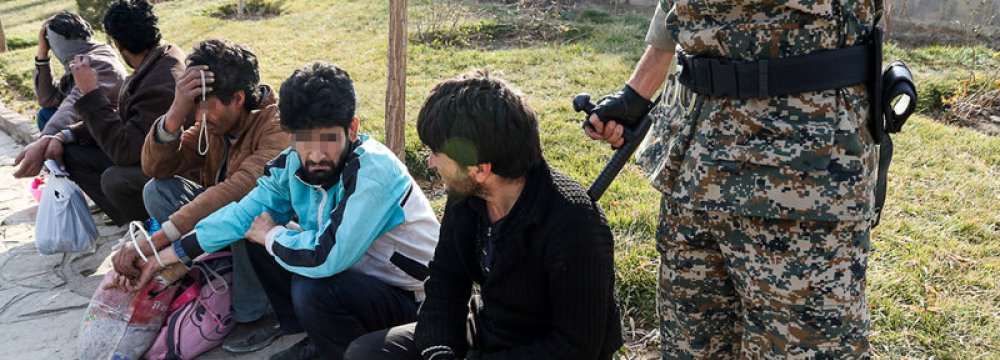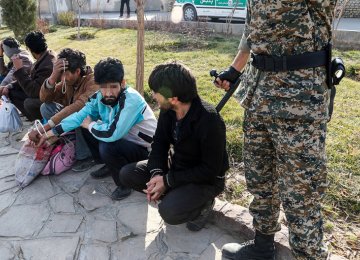Drug addicts account for 40% of minor criminal activities in the country such as small-scale drug deals, pick-pocketing and petty thefts, and therefore can create insecurity in the community. One of the concerns of the citizens is the presence of addicts on the streets of cities and towns.
“Since the beginning of the current year that ends in March, 11,000 addicts were rounded up in three raids and sent to rehab shelters in Tehran Province. We are planning to round up 4,000 more addicts soon in a new operation,” said Mohammad Azarnia, secretary of the coordination council at Iran Drug Control Headquarters (IDCH).
The capacity of the provincial rehab shelters for addicts which was only 400 in 2013 has now increased to 8,600, of which 4,500 were established by private centers and NGOs working in the field. “The remaining 4,100 are state-run rehab shelters,” he said, IRNA reported.
Nearly half of the addicts rounded up belonged to other cities. They were sent back to their own provinces, since rehab shelters in Tehran “have more than what they can handle.”
During the last few years, philanthropists and NGOs have helped create 475 jobs for rehabilitated addicts in Tehran, Azarnia said. A suitable job can help prevent addicts from returning to their old harmful ways. There are around 2 million addicts in the country, 10% of whom are women. A survey last year by the Council for Fighting Drug Abuse, affiliated to the Tehran Municipality, indicated that people in the 17-25 age groups make up the largest group of drug abusers.
Increase in Drug Seizures
A 21% increase in drug seizures was reported by Iran’s anti-narcotics police in the first nine months of the current year in Tehran Province, compared to the same period last year (the figure is 13% for the country).
The root cause is the rising opium cultivation and production in Afghanistan which shares a 936-km common border with Iran. Iranian authorities seize about 30% of the estimated 155 tons of heroin and opium entering the country each year that is largely destined for the western world.
The government has spent more than $700 million to seal the porous border with Afghanistan, and put an end to the war on drugs that has claimed the lives of nearly 4,000 law enforcement officers over the past 34 years and left over 12,000 injured.
The IDCH has beefed up security at national borders. In the past year, 44 border surveillance towers and five border security forces have been added to enhance the security of border areas.






Add new comment
Read our comment policy before posting your viewpoints